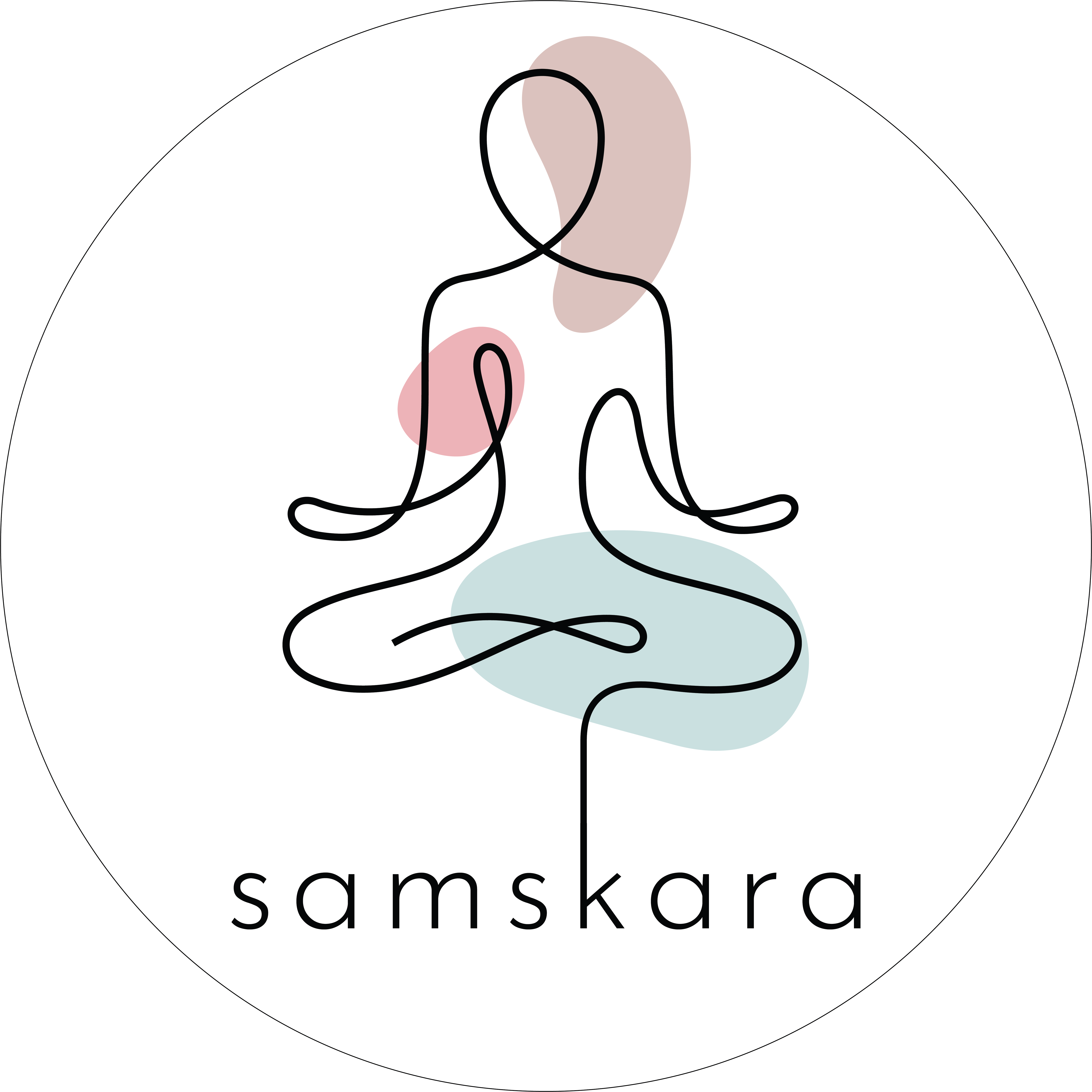
Sciatica refers to pain that radiates along the path of the sciatic nerve, which branches from your lower back through your hips and buttocks and down each leg. Typically, sciatica affects only one side of the body.
Sciatica most commonly occurs due to a herniated disc, a bone spur on the spine, or narrowing of the spinal canal (stenosis) compressing part of the nerve. These conditions can irritate or inflame the sciatic nerve, causing the characteristic pain that can range from dull ache to sharp, shooting sensations.
Symptoms of Sciatica:
The hallmark symptom of sciatica is pain that radiates from the lower spine (lumbar spine) to your buttocks and down the back of one leg. You might feel this discomfort anywhere along the nerve’s pathway, but it typically follows a pattern starting from your lower back and traveling towards your butt, the back of your thigh and even your calf.
The pain itself can vary. It can range from a dull ache to a sharp, burning sensation, or even feel like a jolt or electric shock. Some people also experience numbness, tingling, or weakness in the affected leg or foot. Additionally, some may feel pain in one part of the leg while experiencing numbness in another.
Causes of Sciatica:
Sciatica occurs when the sciatic nerve becomes pinched, usually by a herniated disk in your spine or an overgrowth of bone on your vertebrae (bone spurs). Less commonly, the nerve can be compressed by a tumor or damaged by a disease like diabetes.
Risk Factors for Sciatica:
- Age: Age-related changes in the spine, such as weakened discs and bone spurs, are the most common causes of sciatica.
- Obesity: By increasing the pressure on your spine, excess body weight can contribute to the spinal changes that trigger sciatica.
- Occupation: Jobs requiring frequent bending, heavy lifting for prolonged periods, or driving vibrations can increase your risk of sciatica.
- Prolonged sitting: People with sedentary lifestyles who sit for long periods are more likely to develop sciatica compared to active individuals.
- Diabetes: This condition, affecting how your body uses blood sugar, can damage nerves, including the sciatic nerve.
Complications of Untreated Sciatica:
Permanent nerve damage: Untreated sciatica can potentially lead to lasting weakness, numbness, and pain in the affected leg.
Loss of bowel or bladder function: In rare cases, severe sciatica can compress nerves controlling these functions, causing serious complications.
Yogic Management for Sciatica (with Cautions):
While yoga can offer benefits for managing sciatica pain, it’s crucial to approach it with caution and guidance.
- Consult a healthcare professional and qualified yoga therapist before starting any yoga practice for sciatica.
- Communicate your pain and limitations clearly to your therapist.
- Focus on gentle, restorative poses that promote flexibility and strengthen core muscles.
- Avoid poses that involve twisting, deep backbends, or forward bends that put pressure on your discs.
- Listen to your body and modify or stop any pose that causes pain.
Yoga Poses for Managing Sciatica (with Cautions and Alternatives)
While specific yoga postures can offer benefits for managing sciatica pain, always consult a healthcare professional and qualified yoga therapist before starting any yoga practice. Improper poses can worsen symptoms, and individualization is crucial due to varying experiences.
Recommended Poses (Gentle Options):
- Child’s Pose: Relaxes the back and hips, providing rest.
- Supported Downward-Facing Dog: Use blocks or a chair to modify and decompress the lower back.
- Half Lord of the Fishes Pose (modified): Gently opens the hips and stretches the back muscles with support. Avoid if experiencing pain.
- Cobra Pose (gentle version): Gently strengthens back muscles. Avoid if experiencing pain.
- Supported Reclined Pigeon Pose: Opens the hips and stretches the affected leg with support.
Poses to Avoid:
- Forward Bends (Full Versions): Can put pressure on discs and worsen herniation.
- Twists (Full Versions): Can rotate the spine in a harmful way.
- Deep Backbends: Can further compress discs.
- Warrior Pose: Can strain the lower back.
- Downward-Facing Dog (Full Version): Can aggravate sciatica if not done with proper form.
- Bow Pose: Can put pressure on discs.
Lifestyle Changes:
- Maintaining good posture, avoiding slouching, and promoting spinal alignment.
- Taking frequent breaks to move around and avoid prolonged sitting.
- Keeping a healthy weight to reduce strain on your spine.
- Engaging in regular, gentle exercise to improve flexibility and strengthen supporting muscles.

